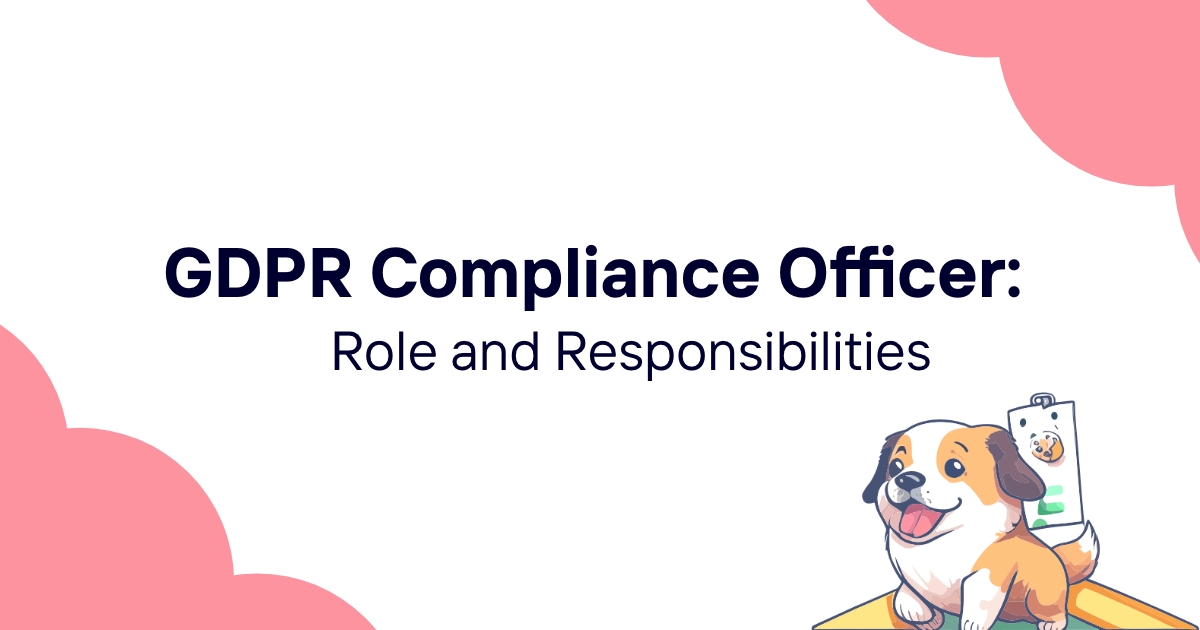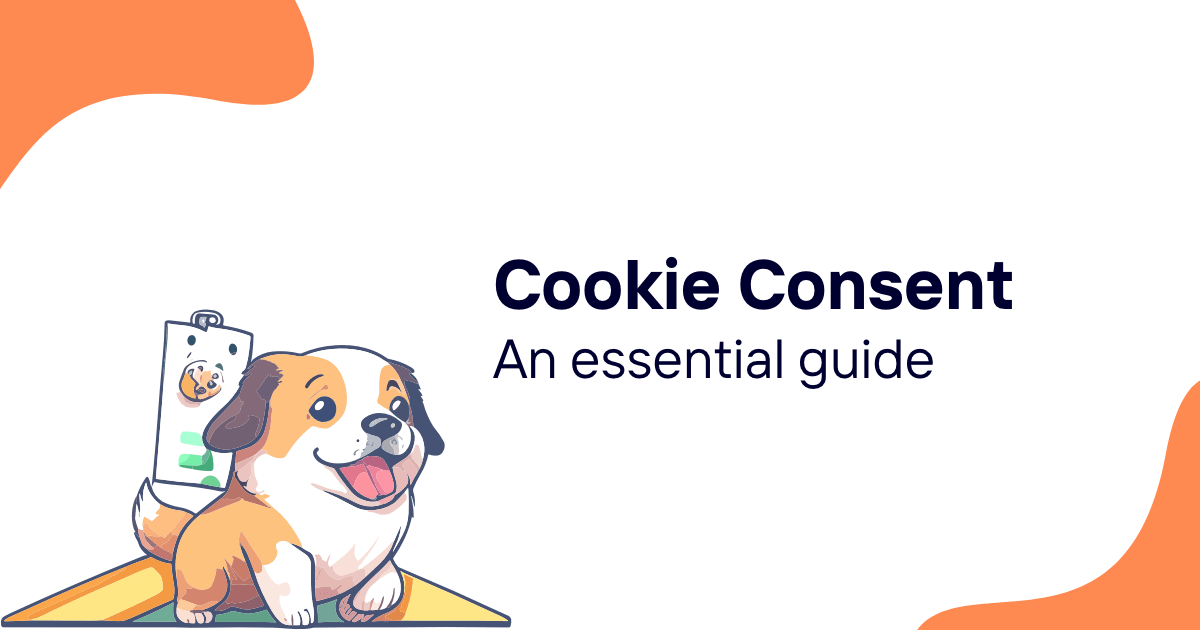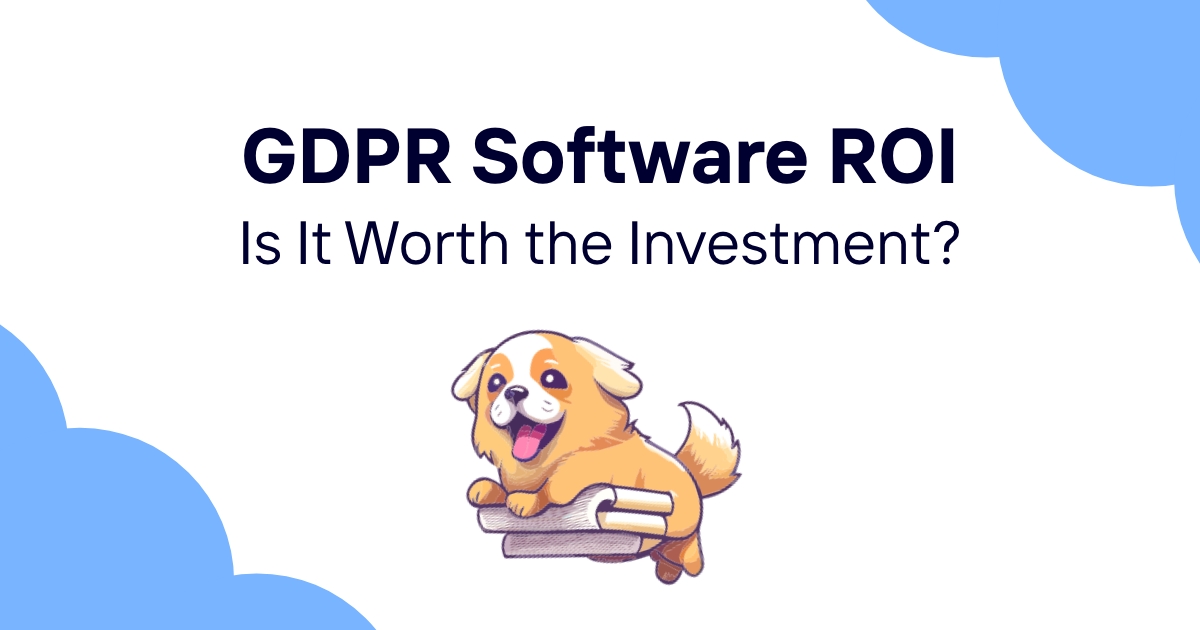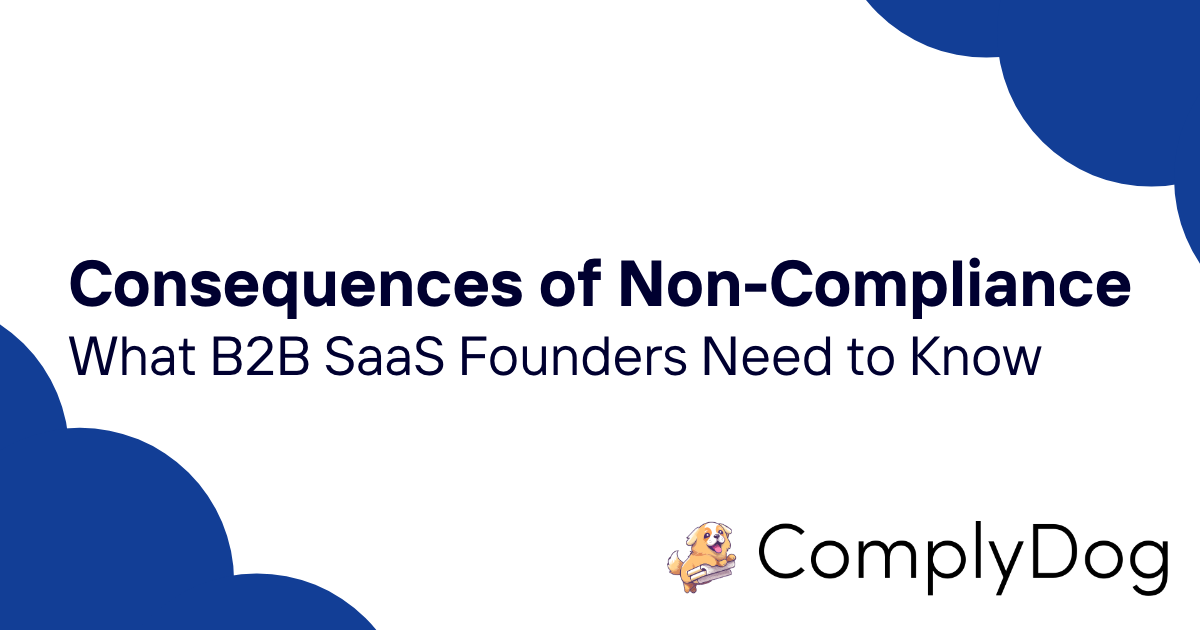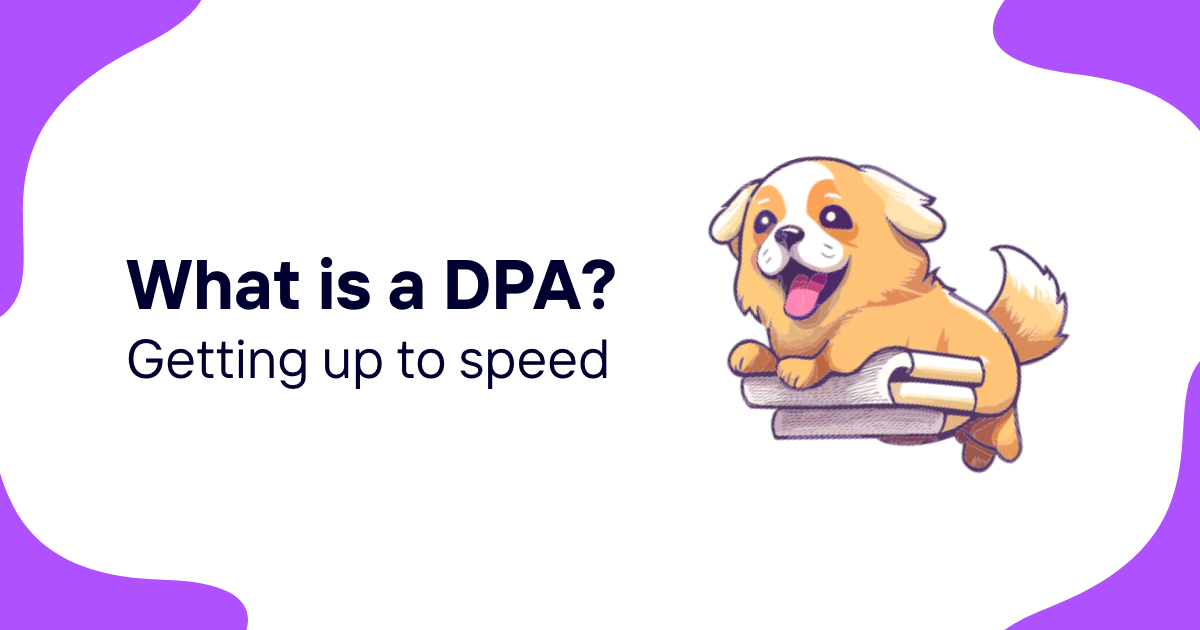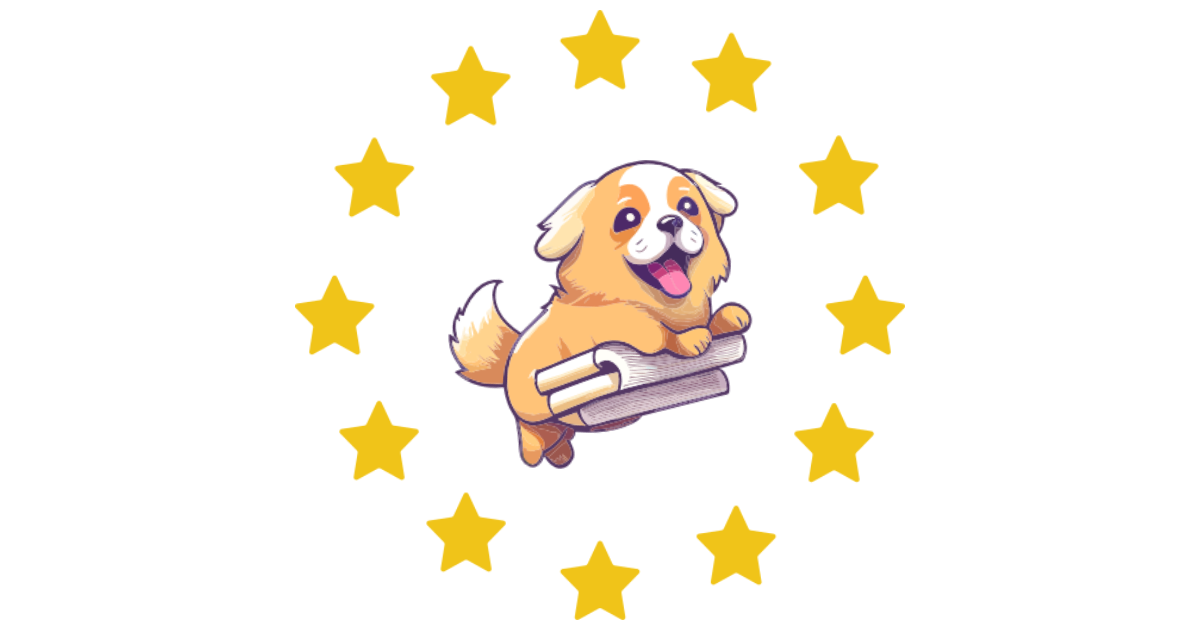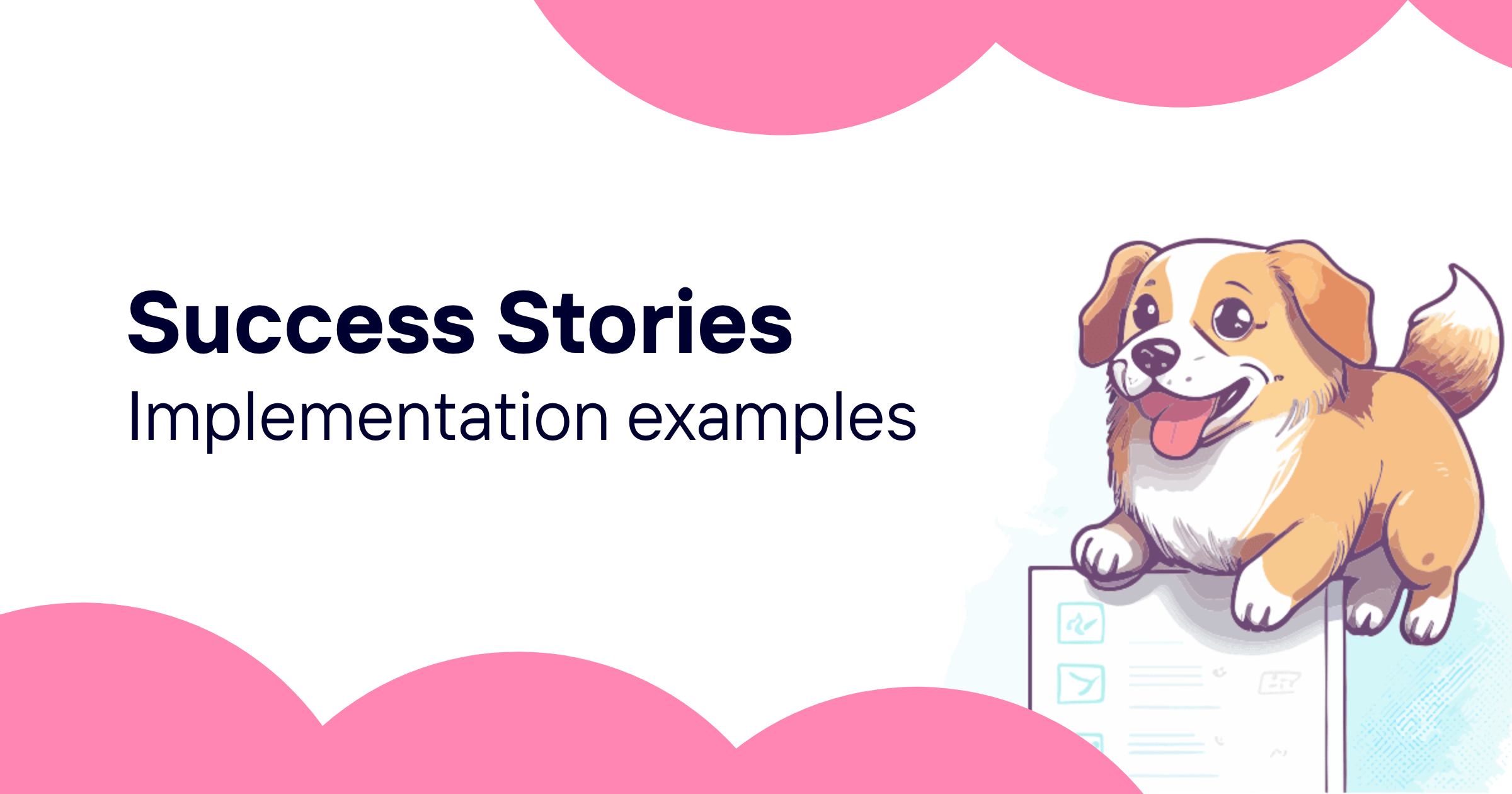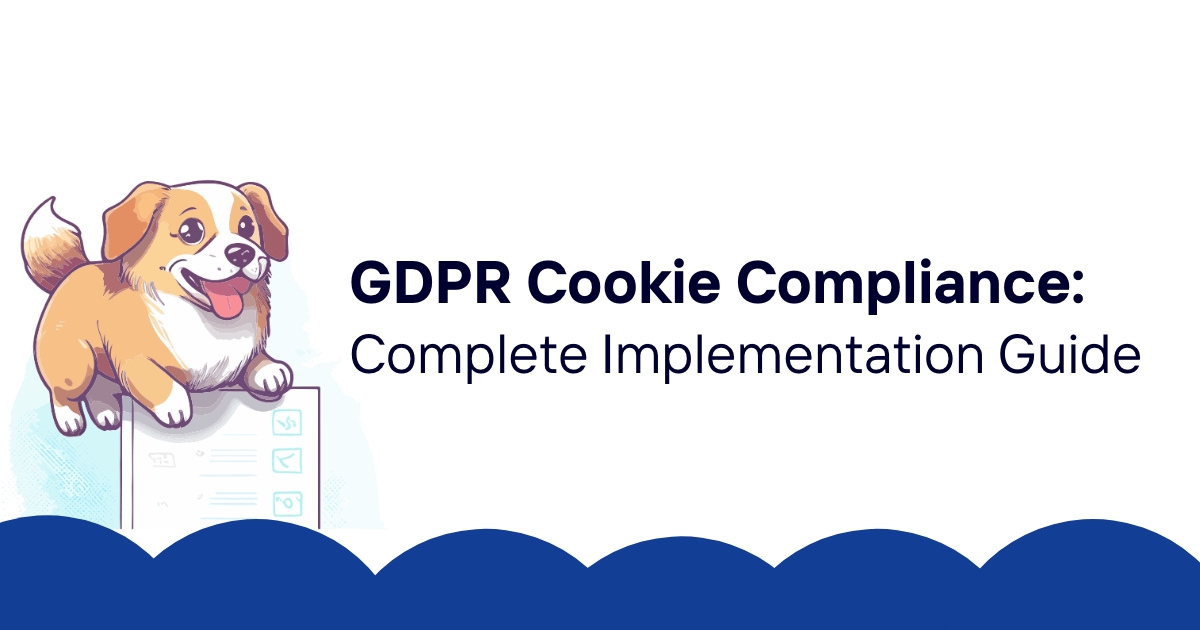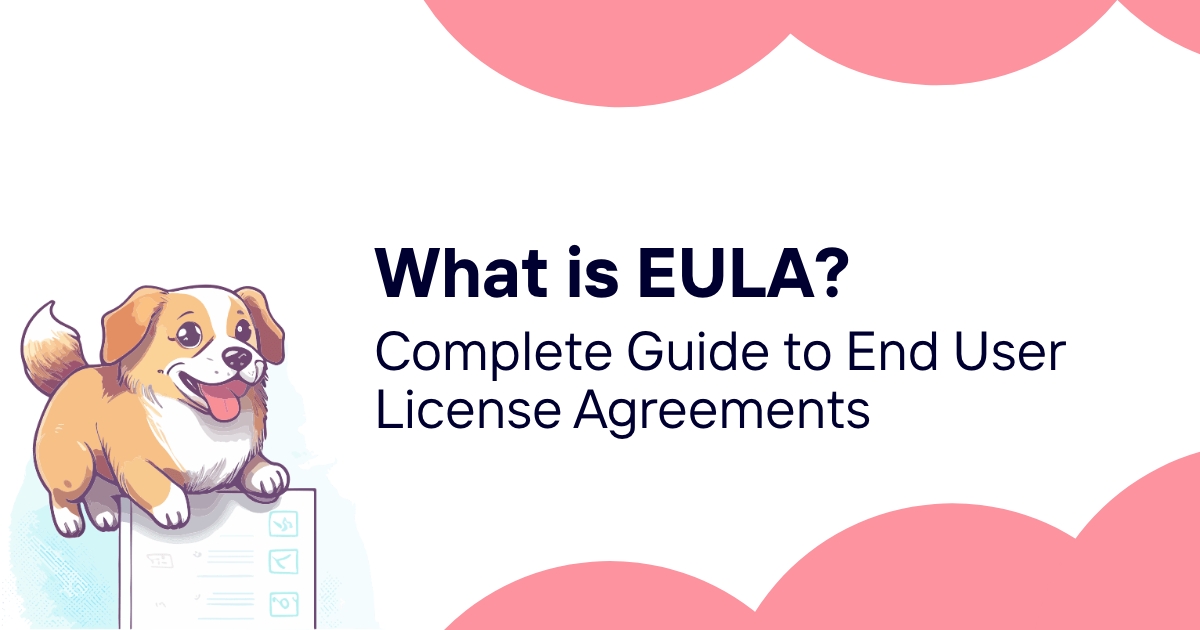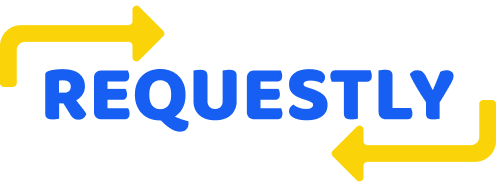GDPR compliance officers bridge the gap between complex privacy regulations and practical business operations, but many organizations struggle to define this role effectively. The position requires technical privacy expertise, business acumen, and leadership skills that are rare in the job market.
Most organizations either create compliance officer roles that lack sufficient authority to drive change or assign responsibilities to existing staff who lack specialized privacy knowledge. Both approaches create compliance gaps and operational inefficiencies.
This guide provides comprehensive guidance for defining, implementing, and optimizing GDPR compliance officer roles that drive effective privacy programs while supporting business objectives and regulatory adherence.
GDPR Compliance Officer Role Definition
Strategic Privacy Leadership
GDPR compliance officers provide strategic direction for organizational privacy programs while ensuring comprehensive regulatory adherence across all business activities.
The role encompasses both operational compliance management and strategic privacy planning that aligns privacy protection with business objectives and growth initiatives.
Leadership responsibilities include driving privacy culture throughout the organization while building stakeholder support for privacy investments and program enhancements.
Cross-functional coordination ensures privacy considerations are integrated into business planning rather than treated as separate compliance requirements.
Regulatory Interface Management
Compliance officers serve as primary organizational contacts for supervisory authorities during investigations, assessments, and routine regulatory interactions.
The role requires deep understanding of GDPR requirements and evolving regulatory guidance that affects organizational compliance strategies and implementation approaches.
Regulatory relationship management includes proactive communication with authorities and participation in industry forums that influence privacy regulation development.
Enforcement response leadership ensures appropriate organizational response to regulatory inquiries while protecting business interests and maintaining cooperative relationships.
Business Integration Focus
Privacy program integration with business operations ensures compliance activities support rather than hinder legitimate business objectives and customer service delivery.
The role requires balancing privacy protection with business efficiency while identifying opportunities where privacy leadership creates competitive advantages.
Stakeholder education ensures business leaders understand privacy requirements and can make informed decisions about privacy risks and investment priorities.
Change management leadership guides organizations through privacy program implementation and enhancement while minimizing operational disruption.
Risk Management Authority
Compliance officers assess privacy risks across all business activities and recommend appropriate mitigation strategies that balance protection with operational efficiency.
The role includes authority to escalate privacy risks to senior management and require corrective actions when compliance gaps create unacceptable regulatory exposure.
Risk communication ensures all organizational levels understand privacy risks and their responsibilities for implementing appropriate protection measures.
Crisis management leadership provides decisive response to privacy incidents while maintaining compliance with notification requirements and stakeholder obligations.
Key Responsibilities and Duties
Compliance Program Management
Privacy policy development includes creating comprehensive policies that address all GDPR requirements while providing practical guidance for business operations.
Procedure implementation ensures privacy policies are translated into operational procedures that staff can follow consistently across different business functions.
Training program oversight ensures all personnel receive appropriate privacy education and understand their specific responsibilities for personal data protection.
Compliance monitoring systems track organizational adherence to privacy requirements and identify areas requiring additional attention or improvement.
Individual Rights Management
Rights request processing oversight ensures timely and accurate response to individual access, correction, deletion, and other privacy rights requests.
Quality assurance procedures verify rights responses meet regulatory requirements while providing excellent customer service and maintaining positive relationships.
Process optimization identifies opportunities to improve rights management efficiency through automation, training, or procedural enhancements.
Escalation handling addresses complex rights requests that require specialized knowledge or involve conflicts between privacy rights and other legal obligations.
Vendor and Third-Party Oversight
Data processing agreement management ensures all vendors and partners have appropriate contractual privacy protections and understand their compliance obligations.
Vendor risk assessment evaluates third-party privacy capabilities and identifies potential risks that require additional safeguards or contract modifications.
Ongoing vendor monitoring tracks third-party compliance performance and ensures continued adherence to privacy requirements throughout relationship duration.
Incident coordination manages privacy incidents involving third parties while ensuring appropriate notification and remediation activities.
Documentation and Reporting
Compliance documentation maintenance ensures comprehensive records of privacy activities that support regulatory reporting and demonstrate accountability.
Regular reporting to senior management provides privacy program updates and highlights areas requiring executive attention or resource allocation.
Regulatory reporting preparation compiles required documentation for supervisory authority interactions and ensures timely submission of compliance information.
Audit support provides comprehensive documentation and assistance during internal audits, external assessments, and regulatory investigations.
Required Skills and Qualifications
Technical Privacy Expertise
Deep GDPR knowledge including detailed understanding of all privacy principles, individual rights, and organizational obligations required for comprehensive compliance.
International privacy law familiarity enables effective compliance when organizations operate across multiple jurisdictions with different regulatory requirements.
Privacy technology understanding including consent management, data discovery, rights automation, and other tools that support efficient privacy program implementation.
Risk assessment capabilities enable identification and evaluation of privacy risks across complex business operations and technology environments.
Business Acumen and Communication
Strategic thinking skills enable alignment of privacy requirements with business objectives while identifying opportunities for competitive advantage through privacy leadership.
Stakeholder management capabilities support effective communication with executives, business leaders, technical teams, and external partners about privacy requirements and initiatives.
Project management skills enable successful implementation of privacy program enhancements and remediation activities within budget and timeline constraints.
Change management expertise supports organizational transformation required for comprehensive privacy program implementation and culture development.
Legal and Regulatory Knowledge
Legal foundation understanding provides context for privacy regulations within broader legal framework including contract law, employment law, and industry-specific requirements.
Regulatory procedure familiarity enables effective interaction with supervisory authorities and understanding of enforcement processes and penalty calculations.
Contract negotiation skills support vendor management and data processing agreement development that protects organizational interests while ensuring compliance.
Litigation support capabilities enable assistance during privacy-related legal proceedings and regulatory enforcement actions.
Leadership and Management Skills
Team leadership abilities support building and managing privacy teams while coordinating cross-functional privacy initiatives.
Influence and persuasion skills enable driving privacy compliance throughout organizations that may resist change or additional procedural requirements.
Decision-making capabilities under pressure support rapid response to privacy incidents and complex compliance situations requiring immediate action.
Continuous learning mindset ensures compliance officers stay current with evolving privacy regulations, technology developments, and industry best practices.
Organizational Reporting Structure
Executive-Level Reporting
Direct CEO reporting provides compliance officers with sufficient authority to drive organizational change and ensures privacy receives appropriate executive attention.
Chief Legal Officer reporting aligns privacy compliance with broader legal risk management while providing access to legal expertise and resources.
Chief Risk Officer reporting integrates privacy risks with comprehensive organizational risk management and strategic planning processes.
Chief Technology Officer reporting enables close coordination with technology teams while ensuring privacy considerations are integrated into system design and operations.
Independence and Authority
Functional independence ensures compliance officers can assess privacy risks objectively without conflicts of interest from business pressure or operational constraints.
Escalation authority enables compliance officers to require corrective actions and allocate resources necessary for addressing serious privacy risks.
Budget authority provides resources needed for privacy program implementation including technology investments, training programs, and professional services.
Personnel authority enables hiring privacy team members and ensuring adequate staffing for comprehensive compliance program management.
Cross-Functional Coordination
Privacy committee leadership brings together representatives from different business functions to coordinate privacy initiatives and ensure comprehensive organizational coverage.
Matrix reporting relationships enable compliance officers to work effectively with business leaders while maintaining independence and objective assessment capabilities.
Stakeholder alignment ensures privacy program activities support business objectives while meeting regulatory requirements and protecting individual rights.
Communication protocols establish regular reporting and consultation procedures that keep relevant stakeholders informed about privacy program status and requirements.
Performance Accountability
Clear performance metrics enable objective assessment of compliance officer effectiveness including compliance outcomes, incident prevention, and program efficiency.
Regular performance review includes feedback from multiple stakeholders including executives, business leaders, and team members.
Professional development support ensures compliance officers have access to training and resources needed to maintain current expertise and advance their careers.
Succession planning addresses continuity of privacy program leadership and ensures organizational privacy capabilities aren't dependent on individual personnel.
Compliance Officer vs DPO Differences
GDPR DPO Requirements
Data Protection Officer appointment is mandatory for public authorities and organizations whose core activities involve systematic monitoring or large-scale special category data processing.
DPO independence requirements include prohibition against receiving instructions regarding privacy tasks and protection from dismissal for performing DPO duties.
Specific DPO qualifications include expert knowledge of data protection law and practices with ability to fulfill DPO tasks effectively.
Contact publication requires making DPO contact details available to data subjects and supervisory authorities for privacy-related communications.
Compliance Officer Flexibility
Voluntary role creation enables organizations to establish privacy leadership even when DPO appointment isn't legally required.
Reporting structure flexibility allows organizations to position compliance officers within organizational hierarchies that best support privacy program effectiveness.
Broader scope possibilities enable compliance officers to address privacy requirements beyond GDPR including other privacy laws and organizational privacy objectives.
Integration opportunities allow combining compliance officer responsibilities with other roles when organizational size or complexity doesn't justify dedicated privacy positions.
Functional Comparison
Similar core responsibilities include privacy program management, regulatory compliance, training oversight, and incident response regardless of specific role designation.
Authority differences may exist depending on whether positions have legal independence requirements or derive authority from organizational assignment.
Qualification requirements vary with DPO positions requiring specific legal expertise while compliance officers may emphasize broader business and technology skills.
Performance measurement approaches may differ with DPO effectiveness measured primarily through regulatory compliance while compliance officers may have broader business performance indicators.
Organizational Considerations
Risk assessment determines whether DPO appointment is legally required based on organizational activities and data processing characteristics.
Resource allocation considers whether organizations need full-time privacy positions or can address requirements through part-time or shared responsibilities.
Growth planning addresses how privacy leadership roles might evolve as organizations expand and processing activities become more complex.
Compliance effectiveness focuses on achieving privacy protection objectives regardless of specific role titles or organizational structures.
Building Compliance Teams
Team Structure Development
Privacy team composition depends on organizational size, processing complexity, and resource availability while ensuring comprehensive coverage of privacy requirements.
Specialized roles might include privacy analysts, rights coordinators, training specialists, and technical privacy engineers depending on organizational needs.
Cross-functional integration ensures privacy team members work effectively with business units while maintaining independent assessment capabilities.
Geographic distribution addresses multi-location organizations with different regulatory requirements and local stakeholder relationships.
Skill Mix Optimization
Technical expertise ensures teams can address privacy technology requirements including system configuration, data discovery, and automation implementation.
Legal knowledge provides foundation for regulatory interpretation and compliance assessment across different business activities and jurisdictions.
Business understanding enables privacy teams to work effectively with operational teams while providing practical guidance that supports business objectives.
Communication skills support stakeholder education and ensure privacy requirements are clearly understood across all organizational levels.
Resource Planning and Allocation
Workload assessment determines staffing requirements based on organizational size, processing complexity, and compliance activities including rights requests and incident response.
Budget planning addresses team compensation, training costs, technology requirements, and professional development needs.
Capacity management ensures privacy teams can handle routine compliance activities while maintaining capability for incident response and special projects.
Performance optimization identifies opportunities to improve team effectiveness through training, technology, or process improvements.
Professional Development Programs
Continuing education ensures team members stay current with evolving privacy regulations, technology developments, and industry best practices.
Certification programs provide formal recognition of privacy expertise while building team capabilities and professional credibility.
Cross-training initiatives ensure team resilience and enable flexible resource allocation based on changing organizational needs and priorities.
Career progression planning retains talent while building organizational privacy capabilities through professional growth opportunities.
Performance Measurement and KPIs
Compliance Effectiveness Metrics
Regulatory compliance rates track adherence to GDPR requirements including rights request response times, notification deadlines, and documentation completeness.
Incident prevention metrics measure effectiveness of proactive privacy program activities in preventing privacy violations and regulatory enforcement actions.
Process efficiency indicators track improvement in compliance activities including automation implementation and procedural optimization.
Cost effectiveness assessment evaluates privacy program return on investment through risk reduction and operational efficiency improvements.
Stakeholder Satisfaction Indicators
Executive satisfaction with privacy program effectiveness and strategic value provided to organizational objectives and risk management.
Business unit satisfaction with privacy team support and the practicality of privacy guidance and procedural requirements.
Customer satisfaction with privacy protection and transparency as measured through surveys and feedback mechanisms.
Regulatory relationship quality assessed through supervisory authority interactions and cooperative compliance activities.
Program Development Metrics
Training effectiveness measured through staff knowledge assessments and behavior change indicators following privacy education programs.
Technology implementation success rates for privacy tools and systems that support compliance automation and efficiency improvements.
Policy compliance rates across different business functions and geographic locations where organizational privacy requirements apply.
Continuous improvement indicators that track privacy program enhancement over time including process optimization and capability development.
Consider how compliance officer performance integrates with broader organizational metrics including compliance dashboard monitoring and overall privacy program effectiveness.
Career Development and Training
Professional Certification Programs
IAPP certifications including CIPP/E, CIPM, and CIPT provide recognized credentials that demonstrate privacy expertise and professional commitment.
Legal education including privacy law specialization supports compliance officers who need enhanced legal knowledge for complex regulatory interpretation.
Technology training ensures compliance officers understand privacy technologies and can effectively oversee implementation of automated compliance solutions.
Industry-specific education addresses sector-specific privacy requirements including healthcare, financial services, and technology industry specializations.
Networking and Professional Development
Industry association participation provides access to peer networks and professional development opportunities through conferences and educational programs.
Regulatory engagement through consultations and industry forums builds relationships with supervisory authorities and influences privacy regulation development.
Speaking and writing opportunities establish thought leadership while building professional reputation and organizational visibility.
Mentoring relationships with experienced privacy professionals provide guidance and career development support for compliance officers at all levels.
Continuing Education Requirements
Regulatory update monitoring ensures compliance officers stay current with changing privacy laws and enforcement guidance that affects organizational compliance strategies.
Technology evolution tracking addresses new privacy tools and techniques that could enhance compliance effectiveness or operational efficiency.
Best practice research identifies innovative approaches to privacy challenges and opportunities for program improvement.
Academic engagement through courses and research keeps compliance officers connected to theoretical privacy developments and emerging trends.
Career Progression Planning
Senior privacy roles including Chief Privacy Officer positions represent natural career advancement for successful compliance officers.
Cross-functional opportunities enable privacy professionals to gain broader business experience while applying privacy expertise to different organizational functions.
Consulting and advisory roles provide alternative career paths that leverage privacy expertise while offering variety and professional growth opportunities.
Executive leadership positions integrate privacy expertise with broader business leadership responsibilities for comprehensive organizational impact.
GDPR compliance officers provide essential leadership for organizational privacy programs while bridging regulatory requirements with business objectives. Organizations that invest in strong compliance officer roles typically experience better privacy outcomes and more effective regulatory relationships.
Effective compliance officer implementation requires clear role definition, appropriate authority, and ongoing professional development that maintains expertise as privacy regulations and business environments evolve.
Ready to optimize your GDPR compliance officer role and build effective privacy leadership? Use ComplyDog and access role definition templates, performance measurement tools, and professional development resources that support successful compliance officer implementation and privacy program management.
